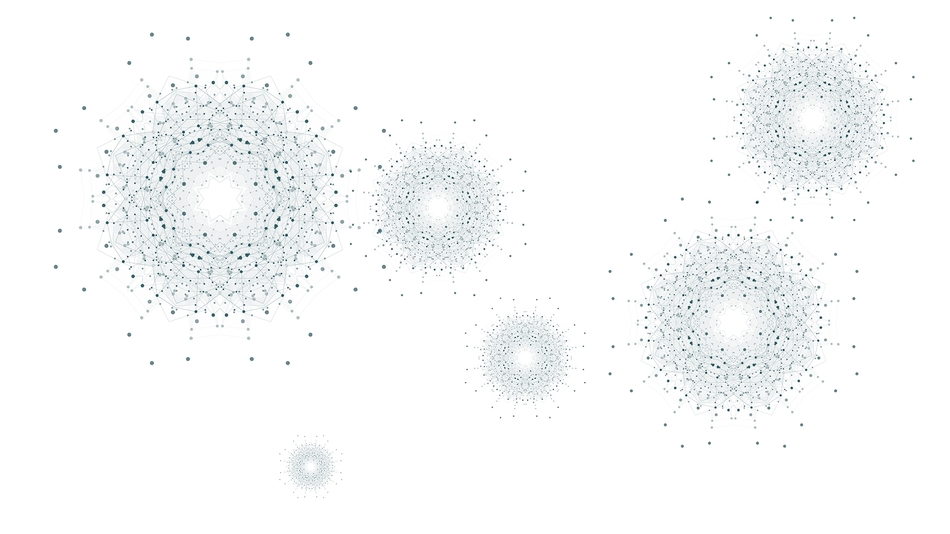THE GOOD OLD DAYS OF MASS COMMUNICATION
In the old days, marketing was a single-channel, single-audience, and often single-message proposition. A brand had “an audience,” marketers created ads for that audience, and they usually used a singular vehicle, or channel, to reach the audience—TV, radio, print ads, newspaper, or billboards.
This was life in the era of mass communication, and for brands it offered many advantages. For starters, brands could build awareness at scale. If a brand ran a TV spot during The Beverly Hillbillies in the 1960s, they could count on around 57 million viewers, about 30 percent of the country’s population. The same went for newspapers—at the height of newspaper circulation from the mid-1960s through to the 1980s, more than 60 million Americans subscribed to a newspaper. So if your brand had a new product to promote, or a new brand message to put in front of consumers, the solution was obvious: make an ad, pay the network or newspaper, and voilà, an “audience” of millions were now your potential consumers.
Mass communication offered another advantage: audiences were essentially self-segmenting. If you were a beauty brand and you wanted to get your products in front of women, you advertised during soap operas, which were created and paid for by a variety of Procter & Gamble brands. If you wanted to sell expensive sports cars, you advertised in magazines that catered to wealthy men—Town & Country, Forbes, Robb Report. Sure, brands couldn’t precisely attribute sales to these ad expenditures, but it worked well enough that the system continued to flourish for decades.
Finally, mass communication was one-directional—there is no conversation with the consumer. Brands didn’t have to worry about the sort of social media boycotts and backlashes that now arise daily—consumer pushback existed only in the form of declining revenues, and then brands could just fire their agency and move on to the next one. More importantly, brands had absolute control over their messages. So if Motorola ran a print ad that sold the idea that TVs were great for kids, they could make their pitch, as silly as it might have been, without social media commentary or an angry comments section.
